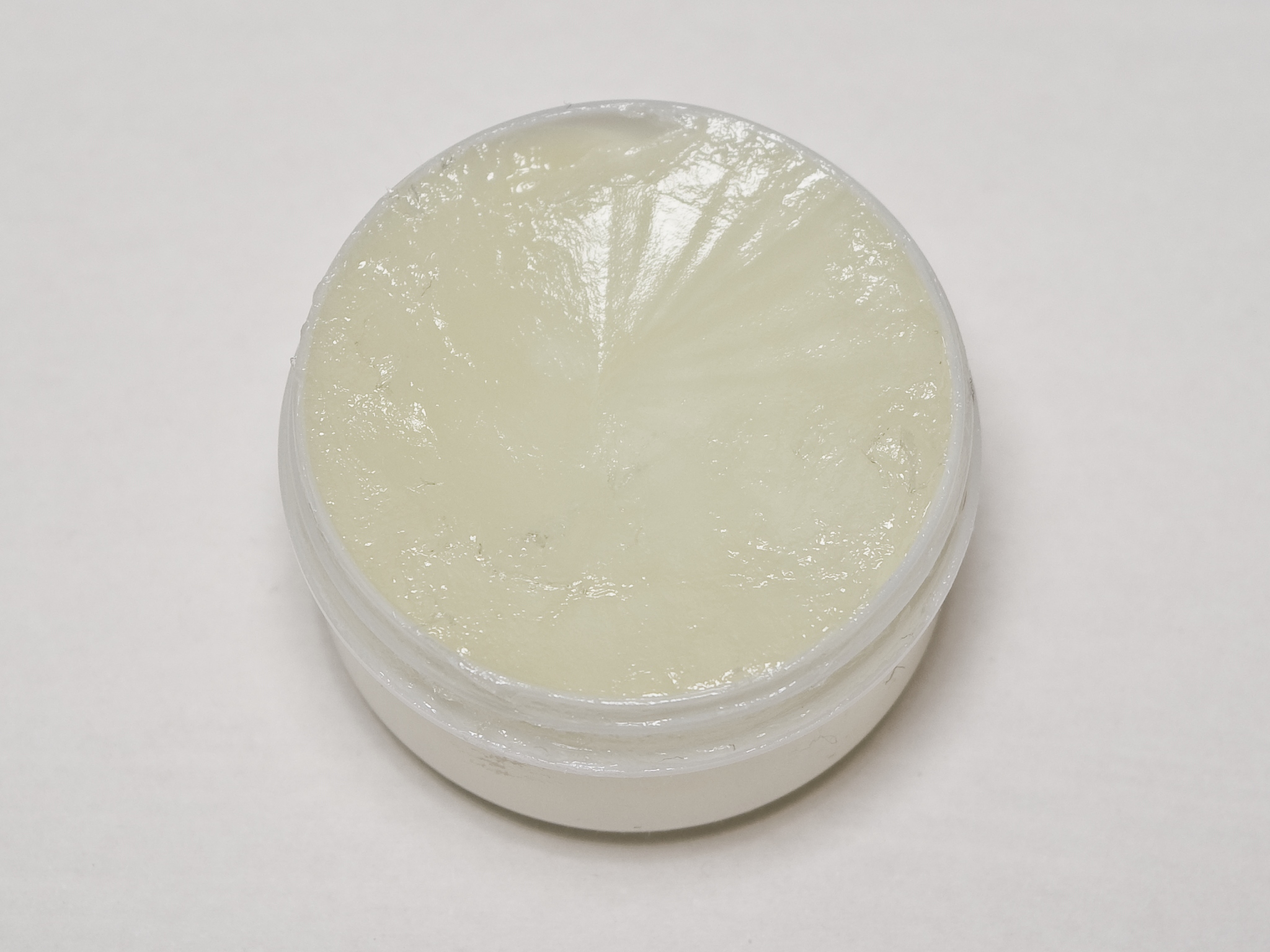|
Epistaxis
A nosebleed, also known as epistaxis, is an instance of bleeding from the nose. Blood can flow down into the stomach, and cause nausea and vomiting. In more severe cases, blood may come out of both nostrils. Rarely, bleeding may be so significant that low blood pressure occurs. Blood may also be forced to flow up and through the nasolacrimal duct and out of the eye, producing haemolacria, bloody tears. Risk factors include trauma, including putting the finger in the nose, anticoagulants, blood thinners, high blood pressure, alcoholism, seasonal allergies, dry weather, and inhaled corticosteroids. There are two types: anterior, which is more common; and posterior, which is less common but more serious. Anterior nosebleeds generally occur from Kiesselbach's plexus while posterior bleeds generally occur from the sphenopalatine artery or Woodruff's plexus. The diagnosis is by direct observation. Prevention may include the use of petroleum jelly in the nose. Initially, treatment is ... [...More Info...] [...Related Items...] OR: [Wikipedia] [Google] [Baidu] |
Kiesselbach's Plexus
Kiesselbach's plexus is an anastomotic arterial network (plexus) of four or five arteries in the nose supplying the nasal septum. It lies in the anterior inferior part of the septum known as Little's area, Kiesselbach's area, or Kiesselbach's triangle. It is a common site for anterior nosebleeds. Structure Kiesselbach's plexus is an anastomosis of four or five arteries: * the anterior ethmoidal artery, a branch of the ophthalmic artery, a branch of the internal carotid artery.Moore, Keith L. et al. (2014) ''Clinically Oriented Anatomy'', 7th Ed, p.959 * the sphenopalatine artery, a terminal branch of the maxillary artery, a branch of the external carotid artery * the greater palatine artery, a branch of the maxillary artery, a branch of the external carotid artery. * a septal branch of the superior labial artery, a branch of the facial artery, a branch of the external carotid artery. * a posterior ethmoidal artery, a branch of the ophthalmic artery, a branch of the internal car ... [...More Info...] [...Related Items...] OR: [Wikipedia] [Google] [Baidu] |
Tranexamic Acid
Tranexamic acid is a medication used to treat or prevent excessive blood loss from major trauma, postpartum bleeding, surgery, tooth removal, nosebleeds, and heavy menstruation. It is also used for hereditary angioedema. It is taken either by mouth, injection into a vein, or by intramuscular injection. Tranexamic acid is a synthetic analog of the amino acid lysine. It serves as an antifibrinolytic by reversibly binding four to five lysine receptor sites on plasminogen. This decreases the conversion of plasminogen to plasmin, preventing fibrin degradation and preserving the framework of fibrin's matrix structure. Tranexamic acid has roughly eight times the antifibrinolytic activity of an older analogue, ε-aminocaproic acid. Tranexamic acid also directly inhibits the activity of plasmin with weak potency ( IC50 = 87 mM), and it can block the active-site of urokinase plasminogen activator (uPA) with high specificity ( Ki = 2 mM), one of the highest among all the serine ... [...More Info...] [...Related Items...] OR: [Wikipedia] [Google] [Baidu] |
Woodruff's Plexus
Woodruff's plexus was discovered by George H. Woodruff in 1949. The plexus is located below the posterior end of the inferior concha, on the lateral wall of the nasal cavity. He described it as the ''naso-nasopharyngeal plexus''. Structure Woodruff's plexus is located on the lateral wall of the nasal cavity below the posterior end of the inferior nasal concha (turbinate). The plexus contains both arteries and veins which lie in a thin mucosa. The major arteries supplying the plexus are the sphenopalatine artery and ascending pharyngeal artery. The internal maxillary vein is also within the plexus. Clinical significance Bleeding A nosebleed (epistaxis) usually occurs in the anterior part of the nose from an area known as Kiesselbach's plexus Kiesselbach's plexus is an anastomotic arterial network (plexus) of four or five arteries in the nose supplying the nasal septum. It lies in the anterior inferior part of the septum known as Little's area, Kiesselbach's area, or Kies ... [...More Info...] [...Related Items...] OR: [Wikipedia] [Google] [Baidu] |
Sphenopalatine Artery
The sphenopalatine artery (nasopalatine artery) is an artery of the head, commonly known as the artery of epistaxis. It passes through the sphenopalatine foramen to reach the nasal cavity. It is the main artery of the nasal cavity. Course The sphenopalatine artery is a branch of the maxillary artery which passes through the sphenopalatine foramen into the cavity of the nose, at the back part of the superior meatus. Here it gives off its posterior lateral nasal branches. Crossing the under surface of the sphenoid, the sphenopalatine artery ends on the nasal septum as the posterior septal branches. Here it will anastomose with the branches of the greater palatine artery The greater palatine artery is a branch of the descending palatine artery (a terminal branch of the maxillary artery) and contributes to the blood supply of the hard palate and nasal septum. Course The descending palatine artery branches off of .... Clinical significance The sphenopalatine artery is the ... [...More Info...] [...Related Items...] OR: [Wikipedia] [Google] [Baidu] |
Vomiting Blood
Hematemesis is the vomiting of blood. It can be confused with hemoptysis (coughing up blood) or Nosebleed, epistaxis (nosebleed), which are more common. The source is generally the upper gastrointestinal tract, typically above the suspensory muscle of duodenum. It may be caused by ulcers, tumors of the stomach or esophagus, varices, prolonged and vigorous retching, gastroenteritis, ingested blood (from bleeding in the mouth, nose, or throat), or certain drugs. Hematemesis is treated as a medical emergency, with treatments based on the amount of blood loss. Investigations include endoscopy. Any blood loss may be corrected with Intravenous therapy, intravenous fluids and blood transfusions. Patients may need to Nothing by mouth, avoid taking anything by mouth. Definition Hematemesis is the vomiting of blood Blood is a body fluid in the circulatory system of humans and other vertebrates that delivers necessary substances such as nutrients and oxygen to the cells, and tr ... [...More Info...] [...Related Items...] OR: [Wikipedia] [Google] [Baidu] |
Petroleum Jelly
Petroleum jelly, petrolatum (), white petrolatum, soft paraffin, or multi-hydrocarbon, CAS number 8009-03-8, is a semi-solid mixture of hydrocarbons (with carbon numbers mainly higher than 25), originally promoted as a topical ointment for its healing properties. Vaseline has been the leading brand of petroleum jelly since 1870. After petroleum jelly became a medicine-chest staple, consumers began to use it for cosmetic purposes and for many ailments including toenail fungus, genital rashes (non- STI), nosebleeds, diaper rash, and common colds. Its folkloric medicinal value as a "cure-all" has since been limited by a better scientific understanding of appropriate and inappropriate uses. It is recognized by the U.S. Food and Drug Administration (FDA) as an approved over-the-counter (OTC) skin protectant and remains widely used in cosmetic skin care, where it is often loosely referred to as mineral oil. History Marco Polo in 1273 described the oil exportation of Baku ... [...More Info...] [...Related Items...] OR: [Wikipedia] [Google] [Baidu] |
Nose Picking
Nose picking is the act of extracting mucus with one's finger (rhinotillexis) and may include the subsequent ingestion of the extracted mucus (mucophagy). In Western cultures, this act is generally considered to be socially deviant; parents and pediatricians have historically tried to prevent development of the habit and attempt to break it if already established. Prevalence Nose picking is an extremely widespread habit: some surveys indicate that it is almost universal, with people picking their nose on average about four times a day. Reviewed in: * * A 1995 study of nose picking, requesting information from 1,000 randomly selected adults from Wisconsin USA gathered 254 responses. It defined nose picking as "the insertion of a finger (or other object) into the nose with the intention of removing dried nasal secretions". Of those who responded, 91% said they were current nose pickers (but only 75% of these believed everyone did it), and two respondents claimed to spend between ... [...More Info...] [...Related Items...] OR: [Wikipedia] [Google] [Baidu] |
Otorhinolaryngology
Otorhinolaryngology ( , abbreviated ORL and also known as otolaryngology, otolaryngology–head and neck surgery (ORL–H&N or OHNS), or ear, nose, and throat (ENT)) is a surgical subspecialty within medicine that deals with the surgical and medical management of conditions of the head and neck. Doctors who specialize in this area are called otorhinolaryngologists, otolaryngologists, head and neck surgeons, or ENT surgeons or physicians. Patients seek treatment from an otorhinolaryngologist for diseases of the ear, Human nose, nose, throat, base of skull, base of the skull, head, and neck. These commonly include functional diseases that affect the senses and activities of eating, drinking, speaking, breathing, swallowing, and hearing. In addition, ENT surgery encompasses the surgical management of cancers and benign tumors and reconstruction of the head and neck as well as plastic surgery of the face, scalp, and neck. Etymology The term is a combination of Neo-Latin classic ... [...More Info...] [...Related Items...] OR: [Wikipedia] [Google] [Baidu] |
Hemoptysis
Hemoptysis or haemoptysis is the discharge of blood or blood-stained sputum, mucus through the mouth coming from the bronchi, larynx, vertebrate trachea, trachea, or lungs. It does not necessarily involve coughing. In other words, it is the airway bleeding. This can occur with lung cancer, infections such as tuberculosis, bronchitis, or pneumonia, and certain cardiovascular conditions. Hemoptysis is considered massive at . In such cases, there are always severe injuries. The primary danger comes from choking, rather than bleeding, blood loss. Diagnosis * Past history, history of present illness, family history ** history of tuberculosis, bronchiectasis, chronic bronchitis, mitral stenosis, etc. ** history of cigarette smoking, occupational diseases by exposure to silica dust, etc. * Blood ** duration, frequency, amount ** Amounts of blood: large amounts of blood, or there is blood-streaked sputum ** Probable source of bleeding: Is the blood coughed up, or vomited? * Bloody sput ... [...More Info...] [...Related Items...] OR: [Wikipedia] [Google] [Baidu] |
High Blood Pressure
Hypertension, also known as high blood pressure, is a long-term medical condition in which the blood pressure in the arteries is persistently elevated. High blood pressure usually does not cause symptoms itself. It is, however, a major risk factor for stroke, coronary artery disease, heart failure, atrial fibrillation, peripheral arterial disease, vision loss, chronic kidney disease, and dementia. Hypertension is a major cause of premature death worldwide. High blood pressure is classified as primary (essential) hypertension or secondary hypertension. About 90–95% of cases are primary, defined as high blood pressure due to non-specific lifestyle and genetic factors. Lifestyle factors that increase the risk include excess salt in the diet, excess body weight, smoking, physical inactivity and alcohol use. The remaining 5–10% of cases are categorized as secondary hypertension, defined as high blood pressure due to a clearly identifiable cause, such as chronic ki ... [...More Info...] [...Related Items...] OR: [Wikipedia] [Google] [Baidu] |




